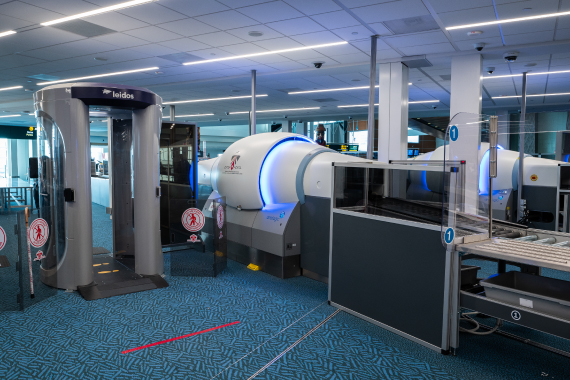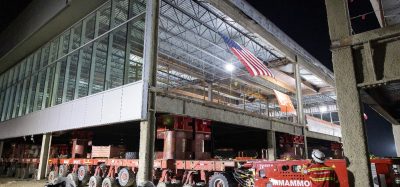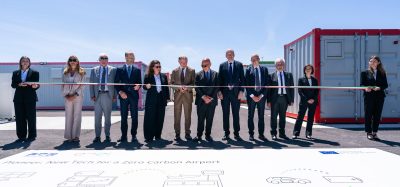Computed tomography technology will be installed across several Canadian Airports
Posted: 19 September 2024 | Gabriel Higgins | No comments yet
The Canadian Air Transport Security Authority has announced that it will install computed tomography technology across several Canadian airports over the next few years.


Credit: The Canadian Air Transport Security Authority
The Canadian Air Transport Security Authority (CATSA) has announced plans for the installation of computed tomography (CT) technology at security screening checkpoints across several Canadian airports. This process will happen over a multi-year period, and is part of CATSA’s commitment for innovation and elevating client experience regarding aviation security.
CT technology uses advanced three-dimensional rotatable images which enhances screening officer’s ability to identify threats including explosives. This allows for permitted items such as liquids and electronics to remain in their carry-on baggage when being checked.
“We’re focused on implementing state-of-the-art solutions that contribute to an enhanced screening experience while ensuring the highest levels of security. While the deployment of this technology spans over several years, we’re excited about the positive change it will bring to the overall passenger experience,” said Nada Semaan
CATSA President and Chief Executive Officer.
Join our free webinar: Revolutionising India’s travel experience through the Digi Yatra biometric programme.
Air travel is booming, and airports worldwide need to move passengers faster and more efficiently. Join the Digi Yatra Foundation and IDEMIA to discover how this groundbreaking initiative has already enabled over 60 million seamless domestic journeys using biometric identity management.
Date: 16 Dec | Time: 09:00 GMT
rEGISTER NOW TO SECURE YOUR SPOT
Can’t attend live? No worries – register to receive the recording post-event.
Where is CT technology being installed?
The first complete installation of CATSA’s new CT technology is at the new ABC security screening checkpoint located at Vancouver International Airport. CATSA and the Airport Authority have worked in close collaboration on this significant undertaking.
Additional CT equipment instalments are planned at other airports beginning in the fall of 2024 and continuing over the course of several years. Collaborating with each of the airport authorities is pivotal to the success of this national deployment. This CT innovation is made possible with their ongoing support.
What can CT technology do?
It is responsible for the delivery of four mandated activities:
- Pre-board screening: The screening of passengers, their carry-on baggage and their belongings prior to their entry to the secure area of an air terminal building.
- Hold baggage screening: The screening of passengers’ checked baggage for prohibited items, such as explosives, prior to it being loaded onto an aircraft.
- Non-passenger screening: The screening of non-passengers and their belongings, including vehicles, entering restricted areas of the aerodrome at the highest risk airports. Non-passengers include CATSA personnel, screening officers, flight and cabin crews, airline customer service personnel, baggage handlers, vendors and other airport employees.
- Restricted area identity card (RAIC): The system uses iris and fingerprint biometric identifiers to allow non-passengers access to the restricted areas of airports. The final authority that determines access to the restricted areas of an airport is the airport authority.
Join our free webinar: Revolutionising India’s travel experience through the Digi Yatra biometric programme.
Air travel is booming, and airports worldwide need to move passengers faster and more efficiently. Join the Digi Yatra Foundation and IDEMIA to discover how this groundbreaking initiative has already enabled over 60 million seamless domestic journeys using biometric identity management.
Date: 16 Dec | Time: 09:00 GMT
rEGISTER NOW TO SECURE YOUR SPOT
Can’t attend live? No worries – register to receive the recording post-event.
Related topics
Airport development, Innovation, New technologies, Passenger experience and seamless travel, Security


















